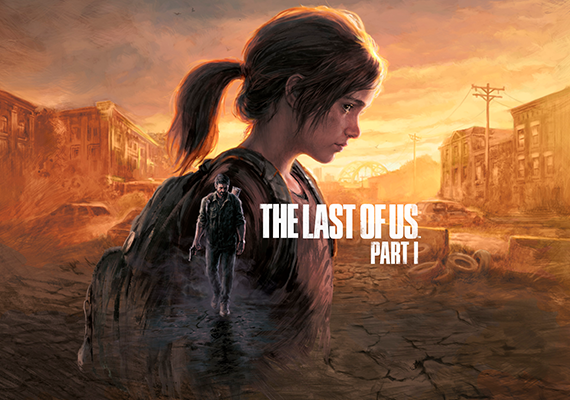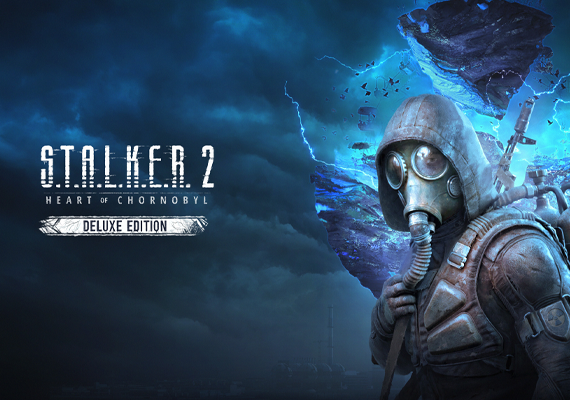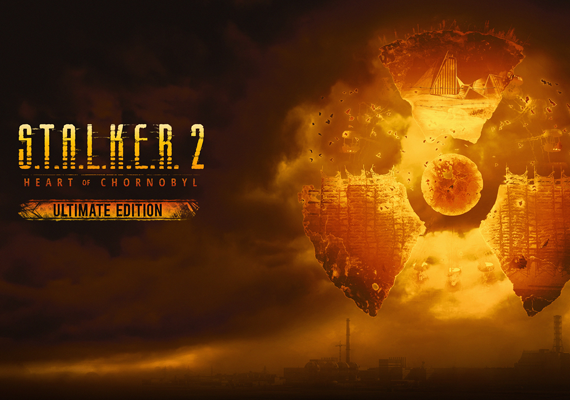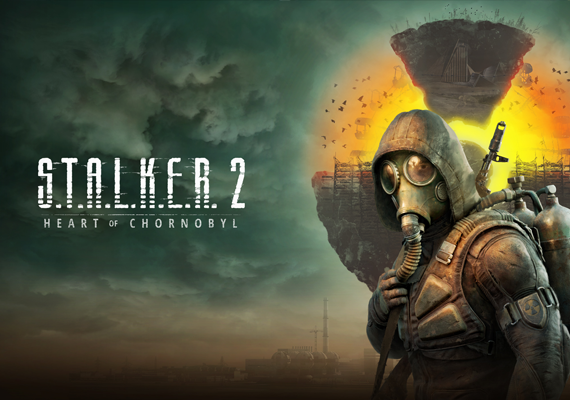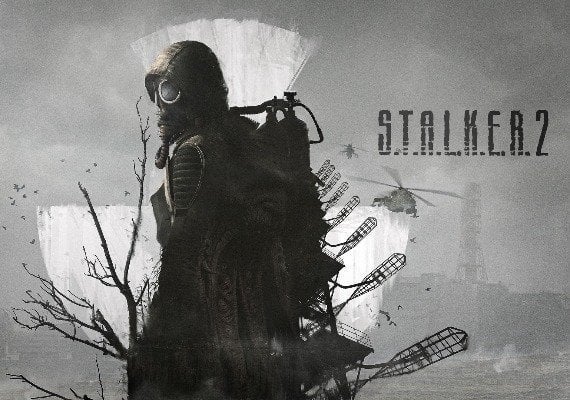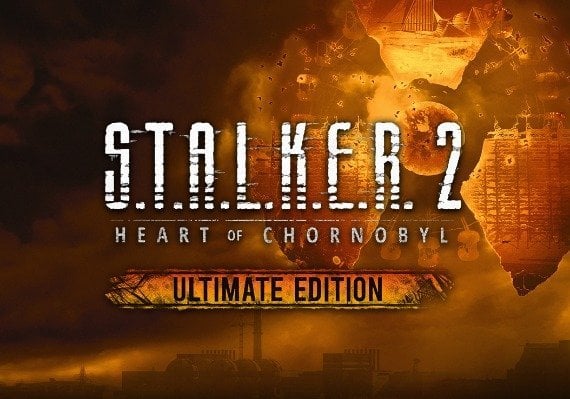S.T.A.L.K.E.R.: A Journey Through the Zone and Beyond
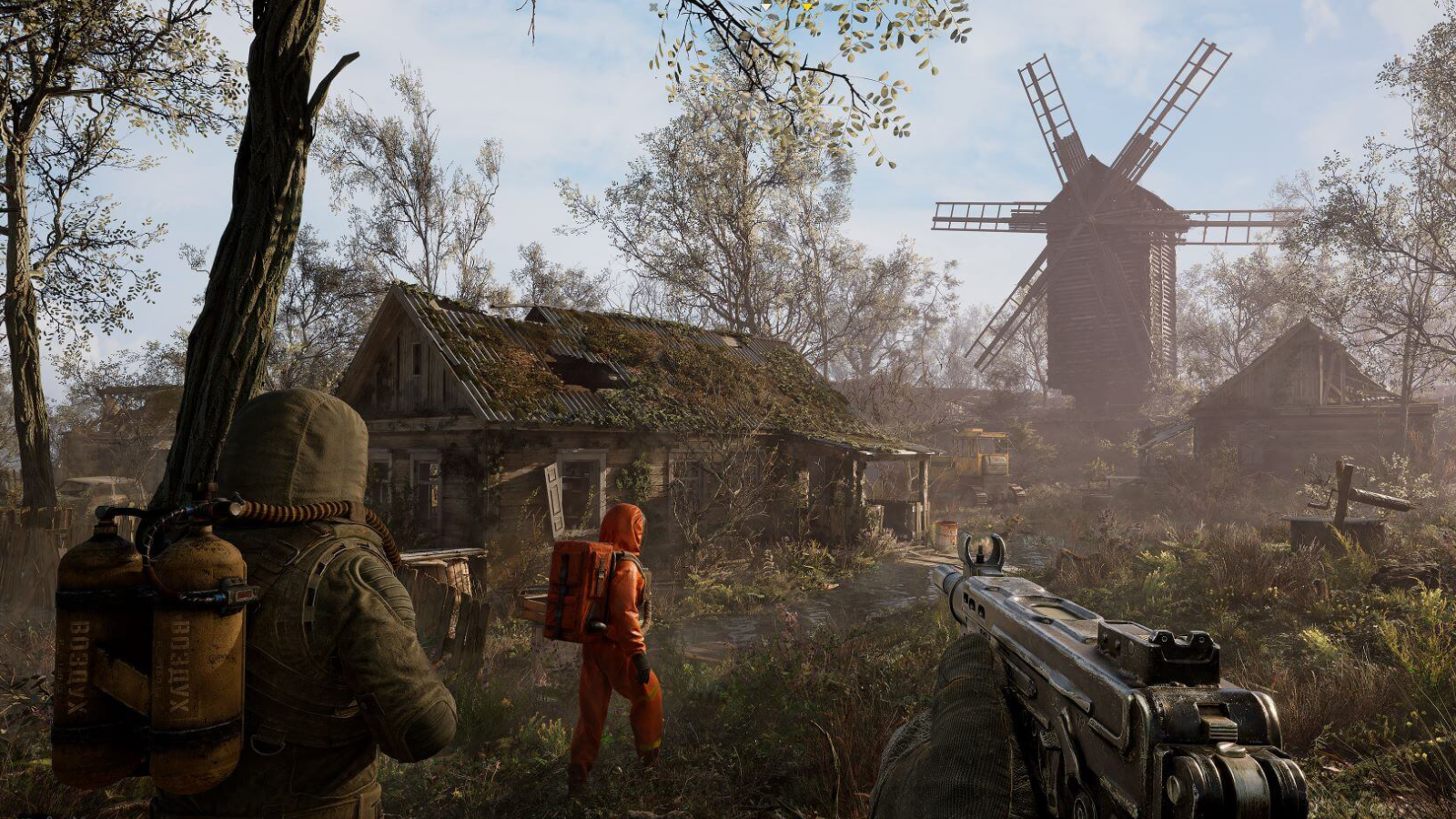
The Origins of S.T.A.L.K.E.R. and Its Cult Status
The origins of S.T.A.L.K.E.R. trace back to the early 2000s when GSC Game World set out to create a groundbreaking first-person shooter that combined elements of RPGs and survival horror. The developers drew heavy inspiration from the Strugatsky brothers’ novel "Roadside Picnic" and Andrei Tarkovsky's film adaptation, "Stalker." This resulted in the birth of S.T.A.L.K.E.R.: Shadow of Chernobyl, released in 2007 after a lengthy and troubled development cycle.
Upon release, Shadow of Chernobyl was met with mixed reviews due to its numerous bugs and performance issues. However, beneath its rough exterior lay an ambitious game with a unique open-world setting, dynamic AI, and a gripping atmosphere. Players were drawn into the role of a stalker navigating the radioactive wasteland, scavenging for supplies, and battling mutants, hostile factions, and the Zone's deadly anomalies.
Despite its technical shortcomings, the game struck a chord with players who appreciated its immersive world-building and non-linear gameplay. Over time, S.T.A.L.K.E.R. became a cult classic, celebrated for its eerie soundscapes, realistic survival mechanics, and deep lore that encouraged exploration and experimentation.
_(1).webp)
Expanding the Universe with Sequels
The success of Shadow of Chernobyl led GSC Game World to expand the universe with two additional titles: S.T.A.L.K.E.R.: Clear Sky (2008) and one year later S.T.A.L.K.E.R.: Call of Pripyat (2009).
Clear Sky served as a prequel, delving into the events leading up to Shadow of Chernobyl. It introduced new gameplay elements like faction warfare, where players could influence the power dynamics within the Zone. However, the game was criticized for being even buggier than its predecessor upon release. Despite its flaws, it enriched the series' lore and provided more insight into the Zone’s mysteries.
Call of Pripyat, on the other hand, was widely regarded as the best entry in the series. Acting as a sequel to the original game, it featured a more refined experience with better stability, improved AI, and a focus on exploration. The game's new locations, such as the abandoned city of Pripyat, brought a haunting authenticity to the series, solidifying S.T.A.L.K.E.R.'s status as a benchmark in the survival-horror genre.
However, after the release of Call of Pripyat, GSC Game World faced financial difficulties, and the highly anticipated S.T.A.L.K.E.R. 2 was canceled in 2012. Fans were left wondering if they would ever return to the Zone. The absence of new official games led to a rise in community-driven projects and inspired other developers to create games in the same vein.
.webp)
The Influence on Other Games – The Rise of the Metro Series
While GSC Game World struggled to continue the S.T.A.L.K.E.R. series, its legacy lived on through other developers who were inspired by its unique blend of atmosphere, survival mechanics, and storytelling. One of the most successful franchises to draw inspiration from S.T.A.L.K.E.R. was the Metro series, developed by 4A Games, a studio founded by former GSC Game World developers.
Metro 2033 (2010) was the first entry in the series, based on the novel by Russian author Dmitry Glukhovsky. Like S.T.A.L.K.E.R., Metro 2033 featured a bleak, post-apocalyptic world—this time set in the dark, claustrophobic tunnels of the Moscow metro system. The game's atmosphere was reminiscent of the oppressive, tension-filled world of S.T.A.L.K.E.R., with an emphasis on resource management, stealth, and exploration.
Following the success of Metro 2033, 4A Games released Metro: Last Light (2013), which expanded upon the original's mechanics and story while refining its gameplay. Last Light offered a more polished experience, blending survival horror with more cinematic storytelling. It retained the atmosphere of its predecessor while adding new elements like faction politics and deeper moral choices, echoing the themes explored in S.T.A.L.K.E.R.
The next entry, Metro Exodus (2019), took a bold step by moving away from the underground tunnels and embracing a semi-open-world structure. Players could now explore a variety of outdoor environments, reminiscent of the freedom and unpredictability of the Zone in S.T.A.L.K.E.R. The game was praised for its expansive environments, dynamic weather, and branching storylines, making it a fitting spiritual successor to S.T.A.L.K.E.R.'s open-world design.
.webp)
The Long-Awaited Return – S.T.A.L.K.E.R. 2
The announcement of S.T.A.L.K.E.R. 2: Heart of Chornobyl in 2020 was met with widespread excitement. After nearly a decade of silence, GSC Game World revealed that the Zone was set to reopen, promising a return to the franchise’s roots while embracing modern technology. Heart of Chornobyl is powered by Unreal Engine 5, promising cutting-edge graphics, advanced AI systems, and a vast open world filled with new secrets to uncover. The developers have pledged to maintain the non-linear storytelling, immersive atmosphere, and survival mechanics that defined the original games. Players can once again expect to explore the Zone, filled with new mutants, deadly anomalies, and unpredictable encounters, all while navigating a world shaped by their choices.
The S.T.A.L.K.E.R. series is more than just a set of video games; it's a cultural phenomenon that has inspired countless other titles and captured the imaginations of gamers around the world. From the buggy yet beloved Shadow of Chernobyl to the rise of spiritual successors like the Metro series, the influence of S.T.A.L.K.E.R. is undeniable.
As the release of S.T.A.L.K.E.R. 2: Heart of Chornobyl approaches, it marks not only the return of a legendary franchise but also a celebration of the community that kept the series alive. The Zone remains a place of danger, mystery, and endless exploration—a place where every player can lose themselves in a world that feels alive, eerie, and constantly evolving.


